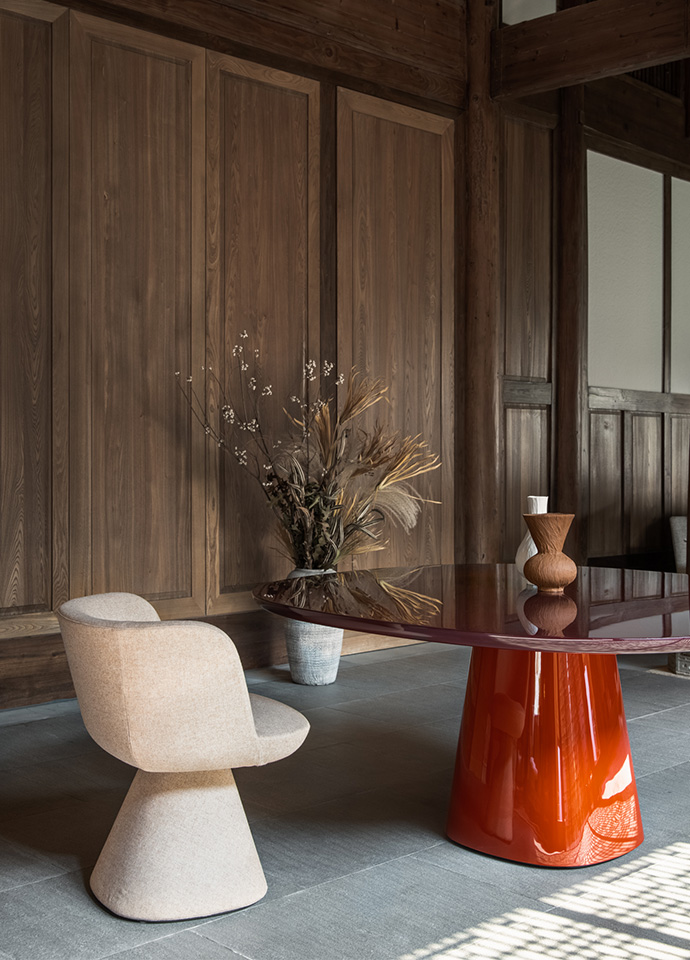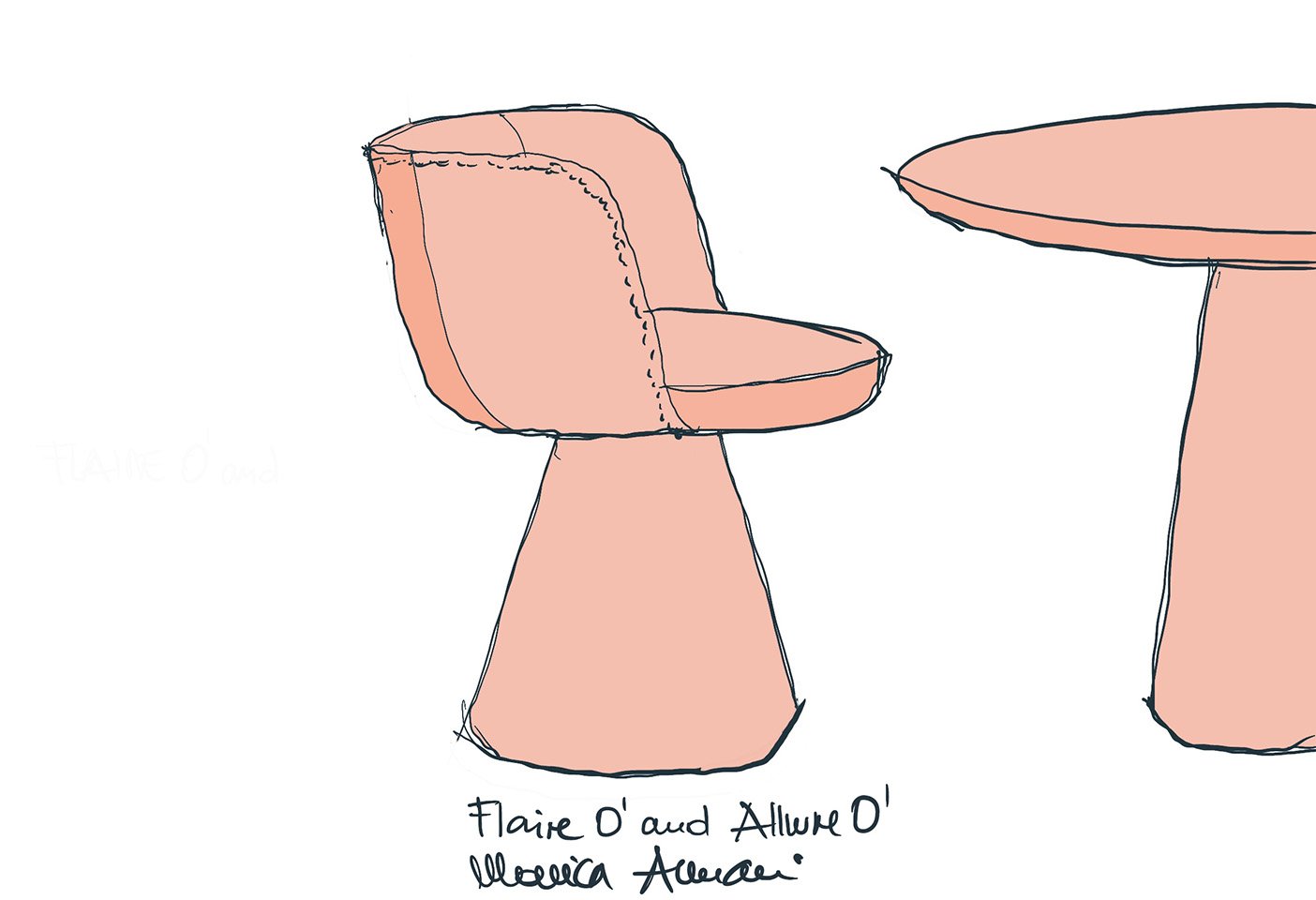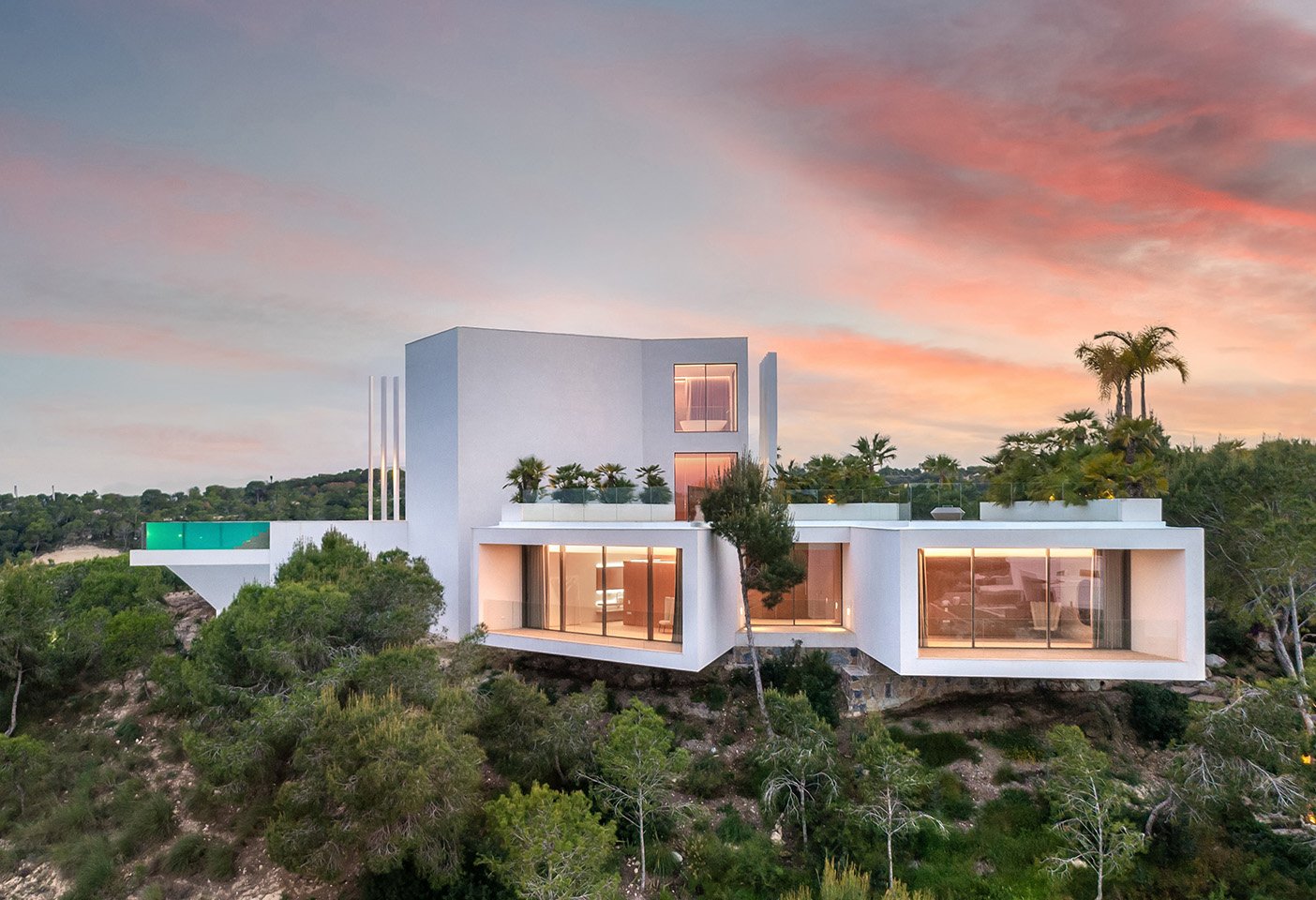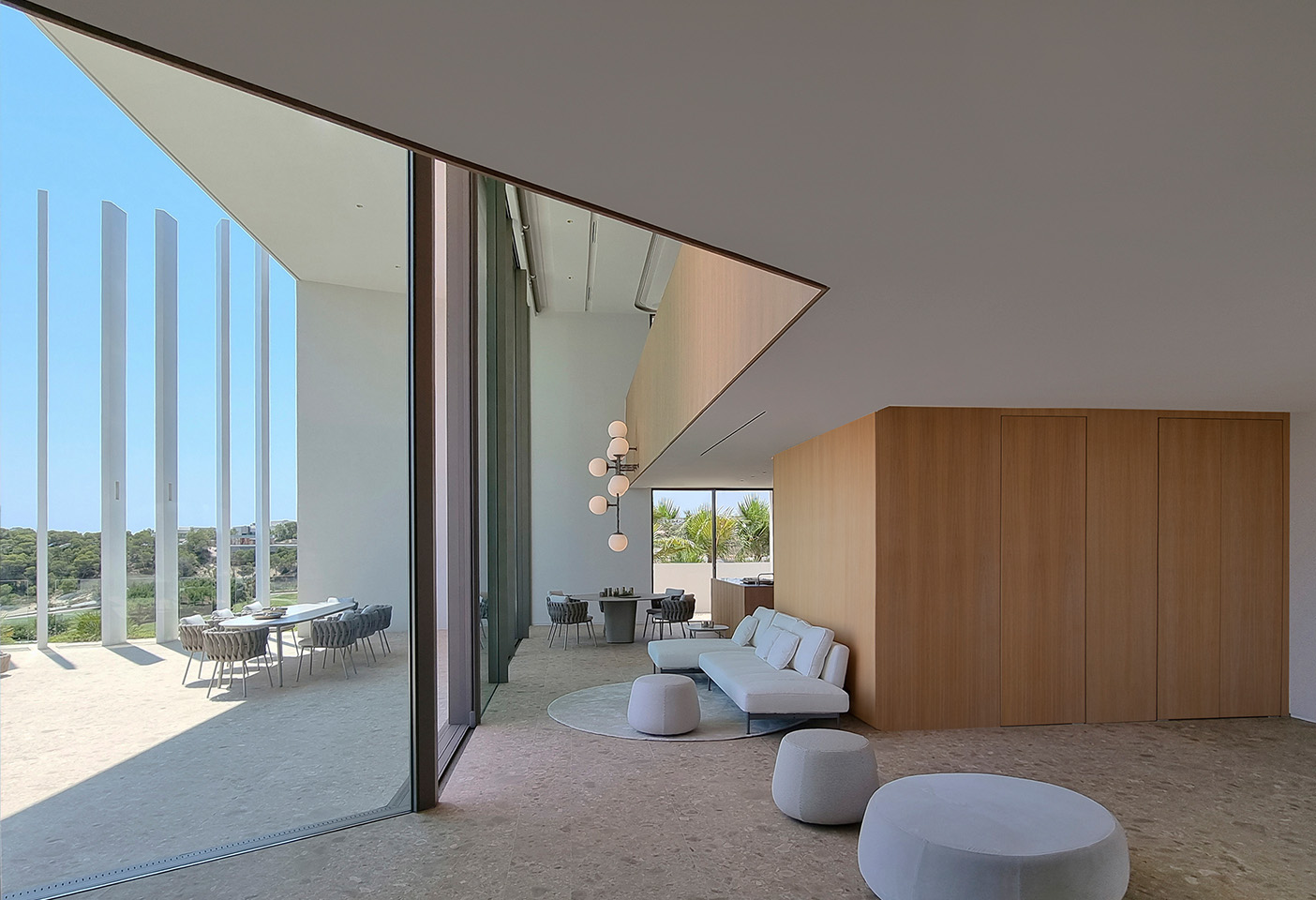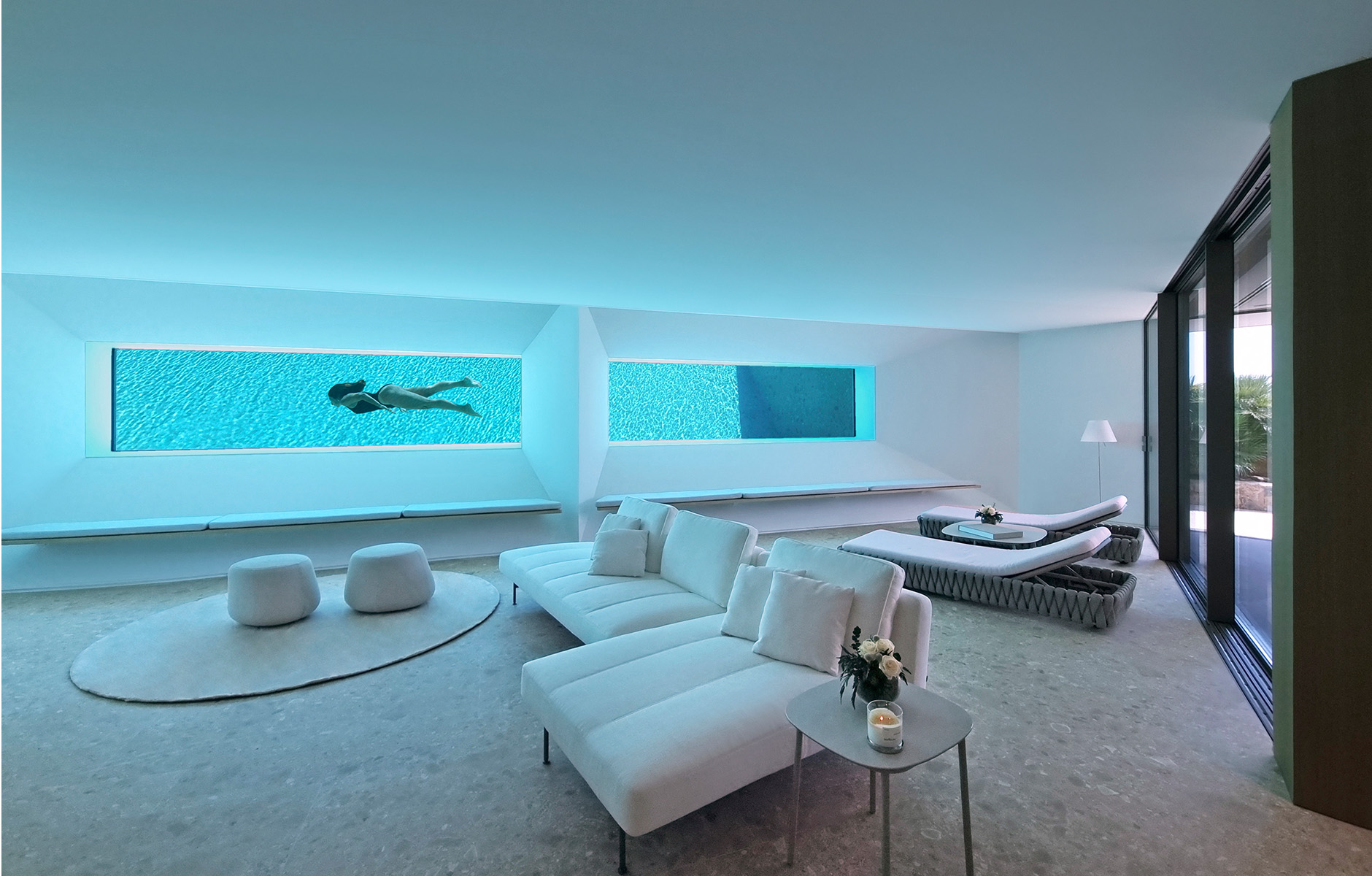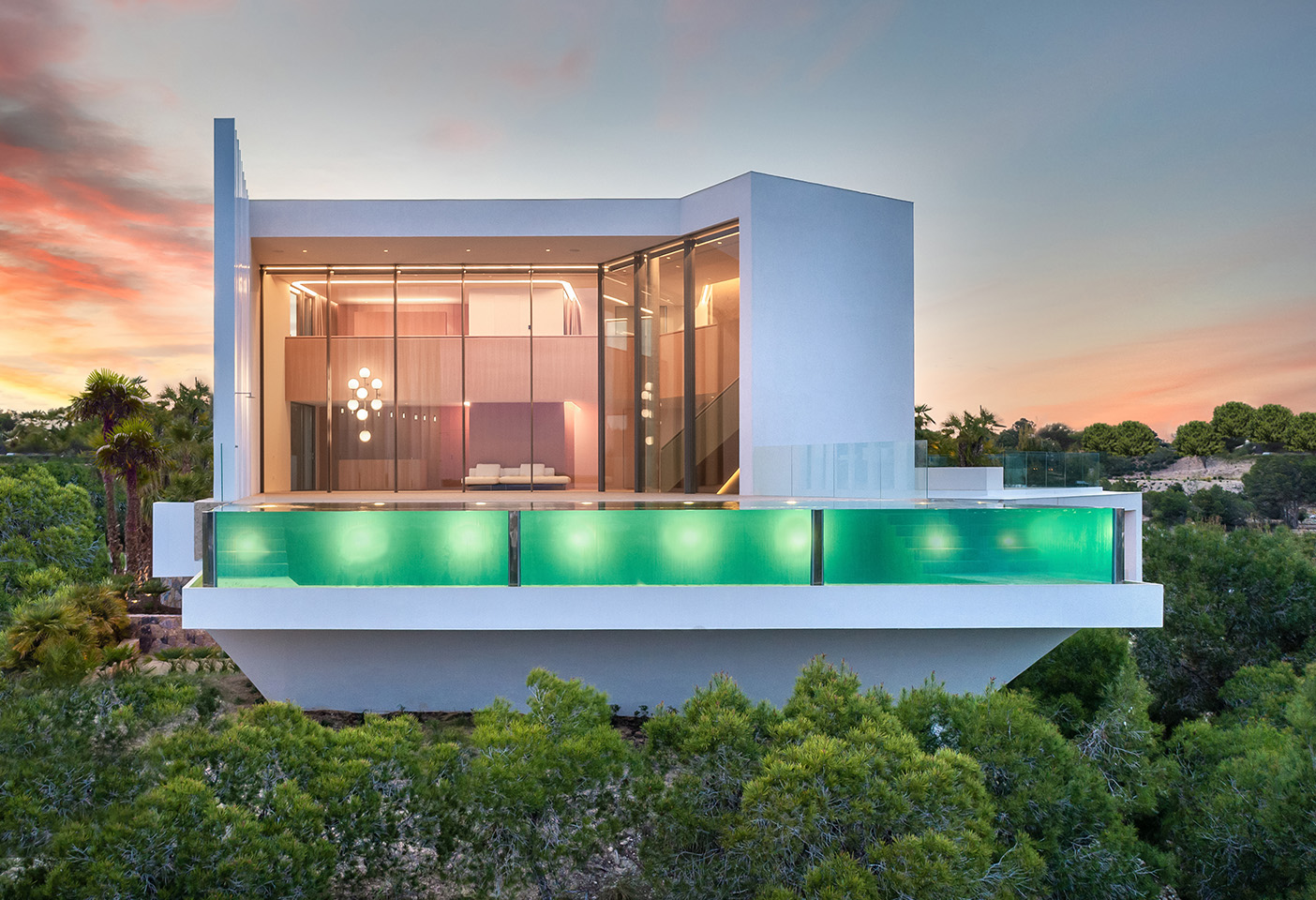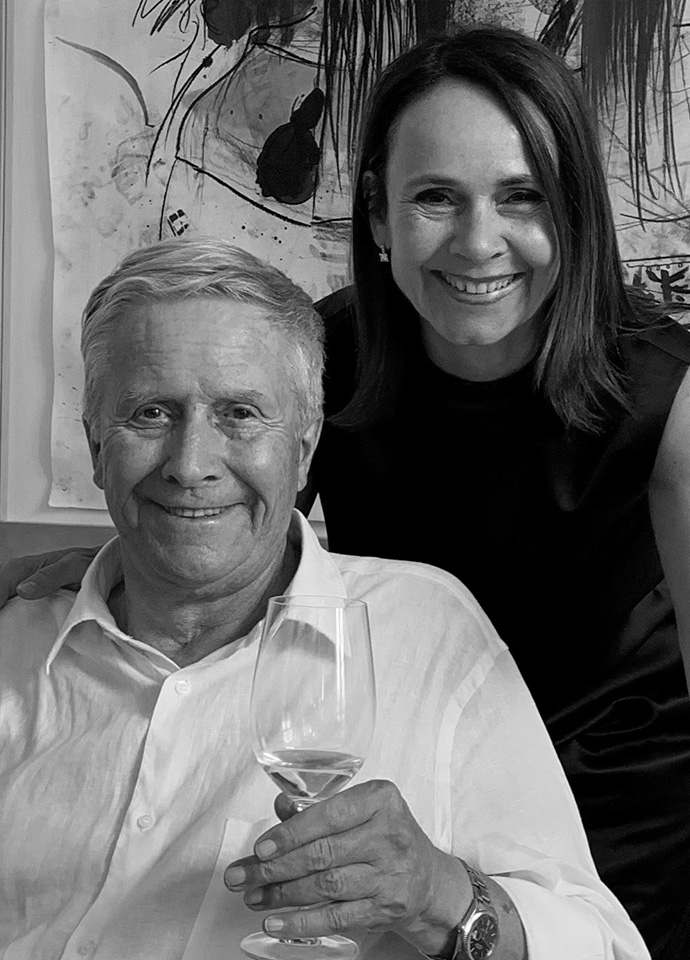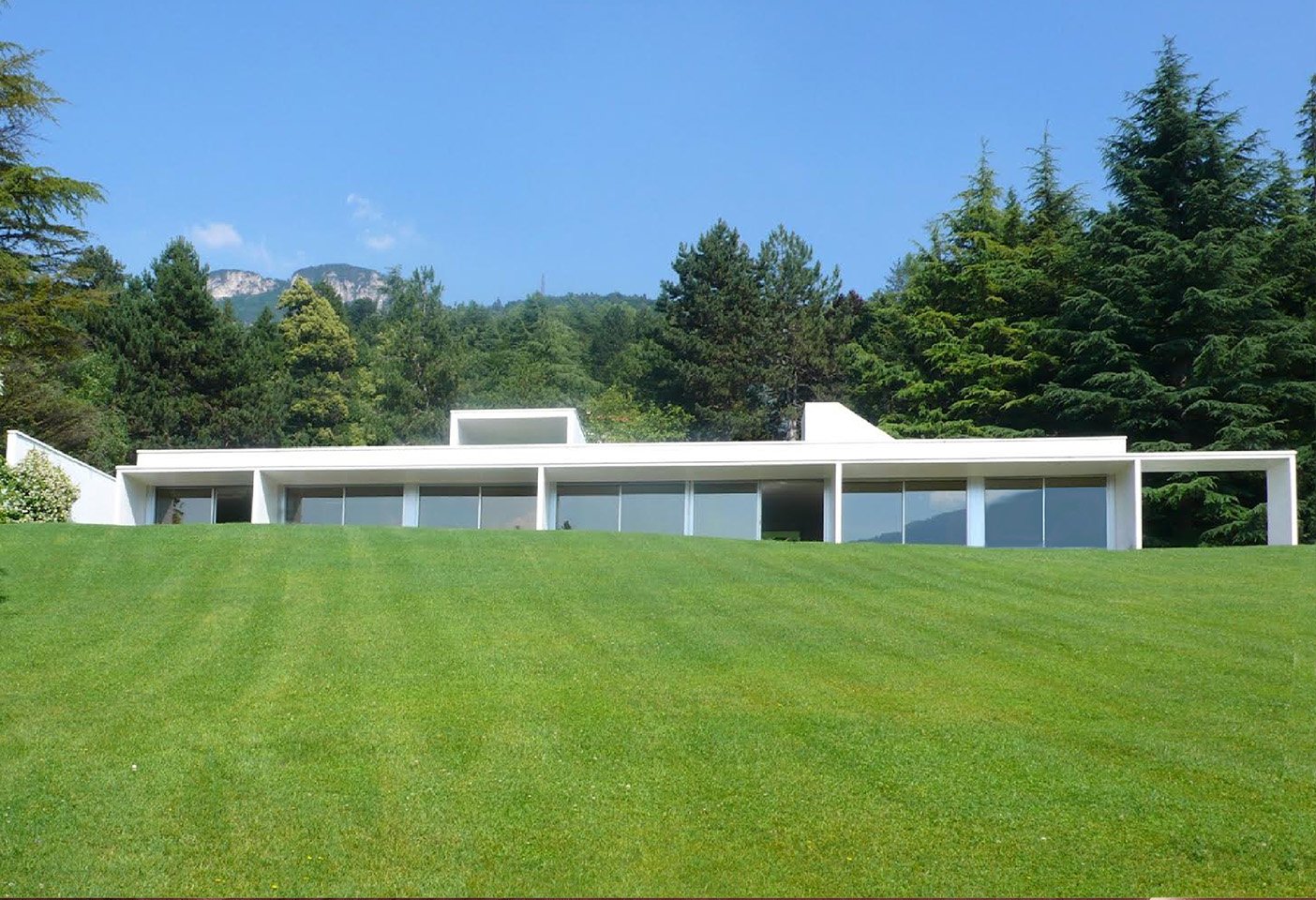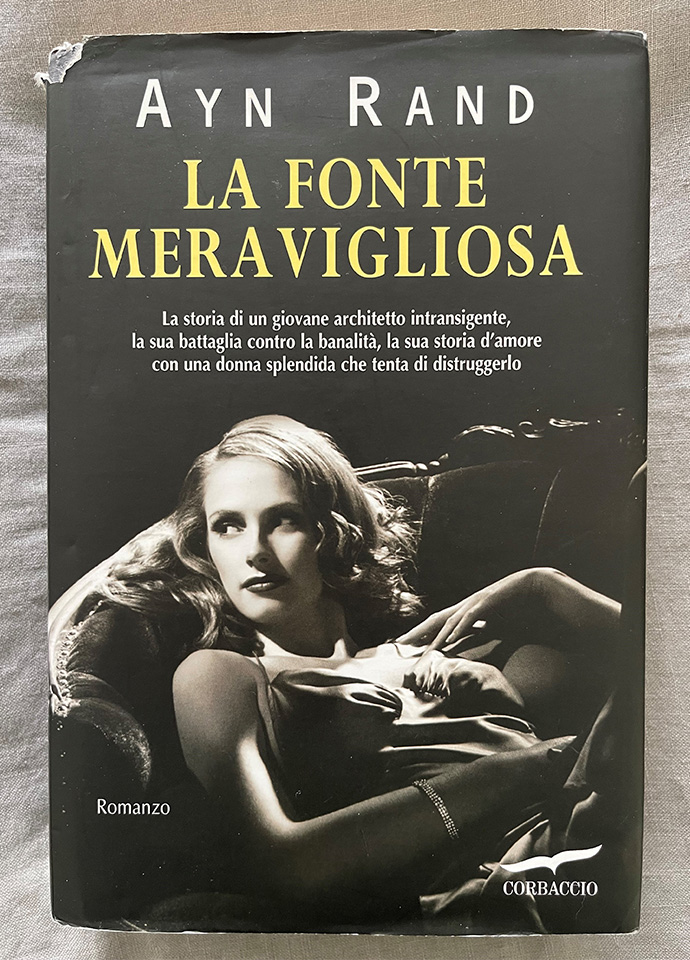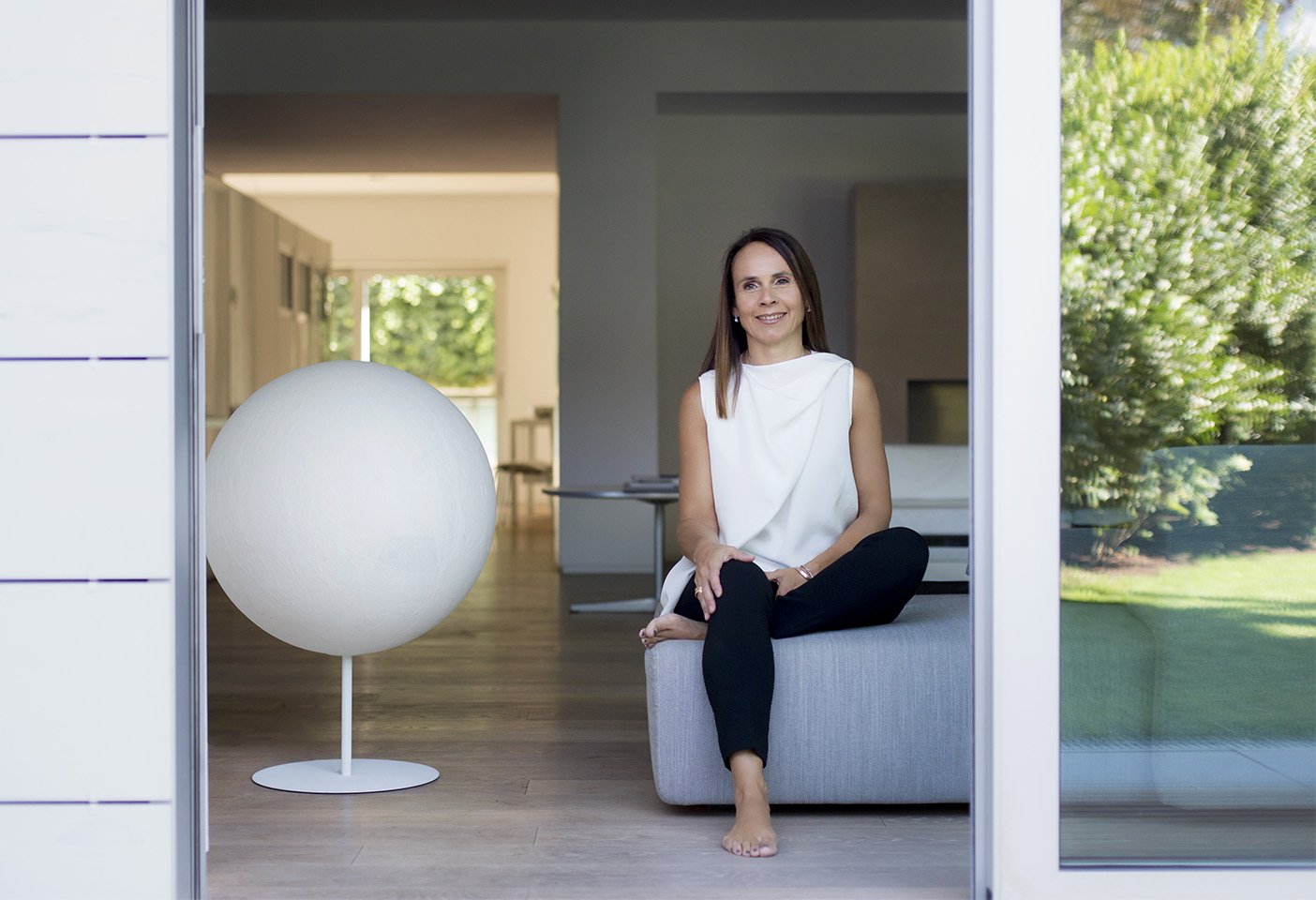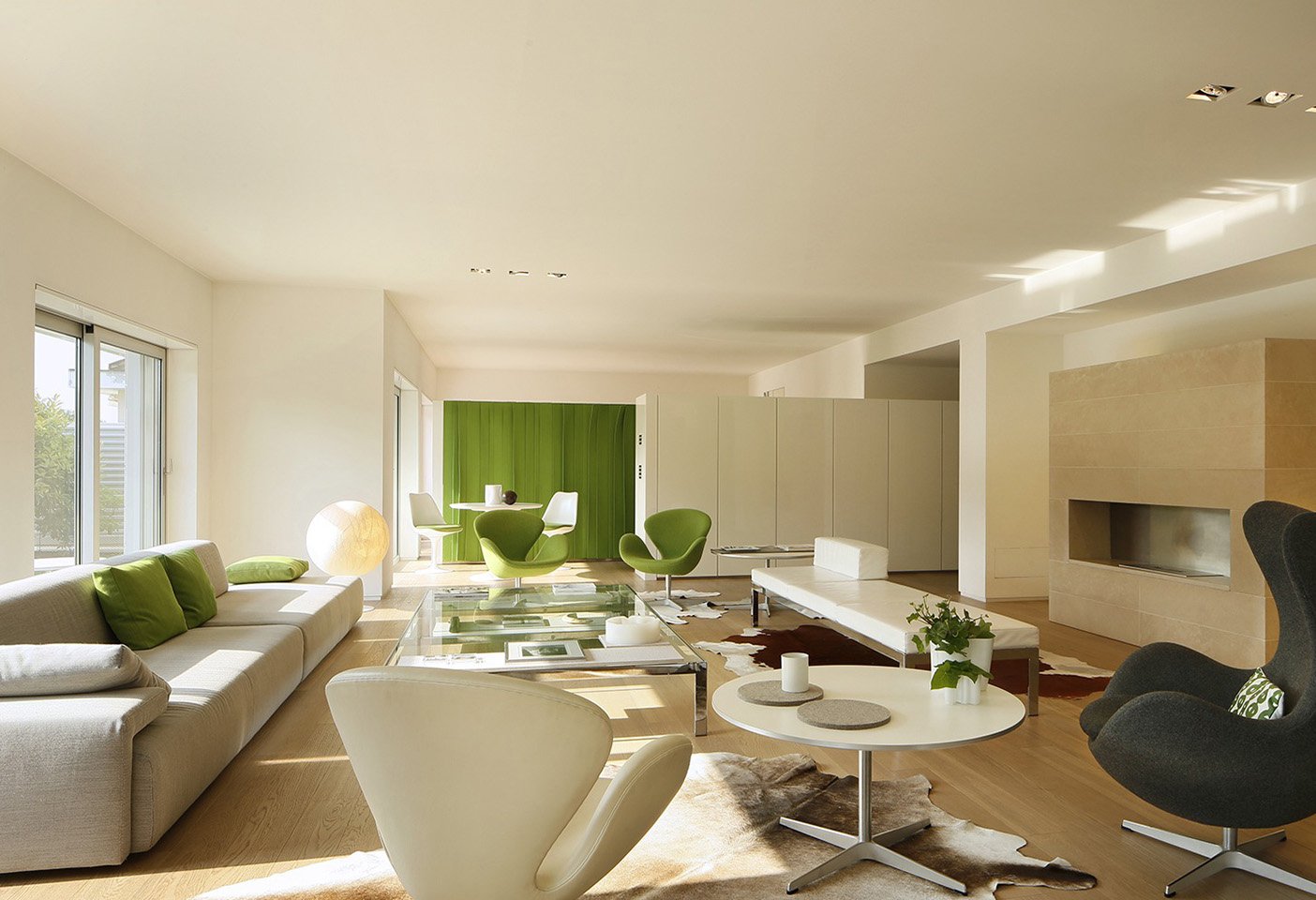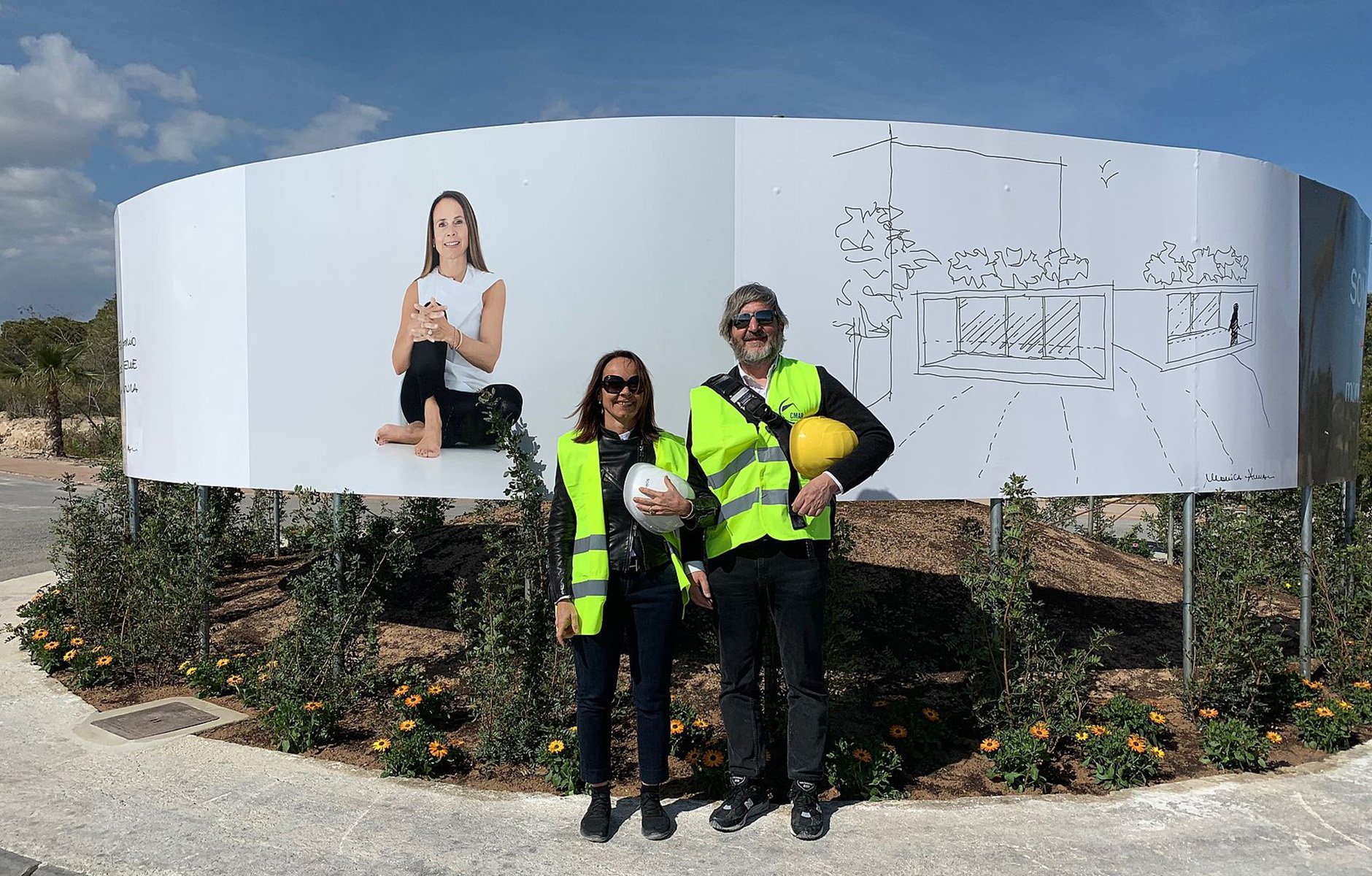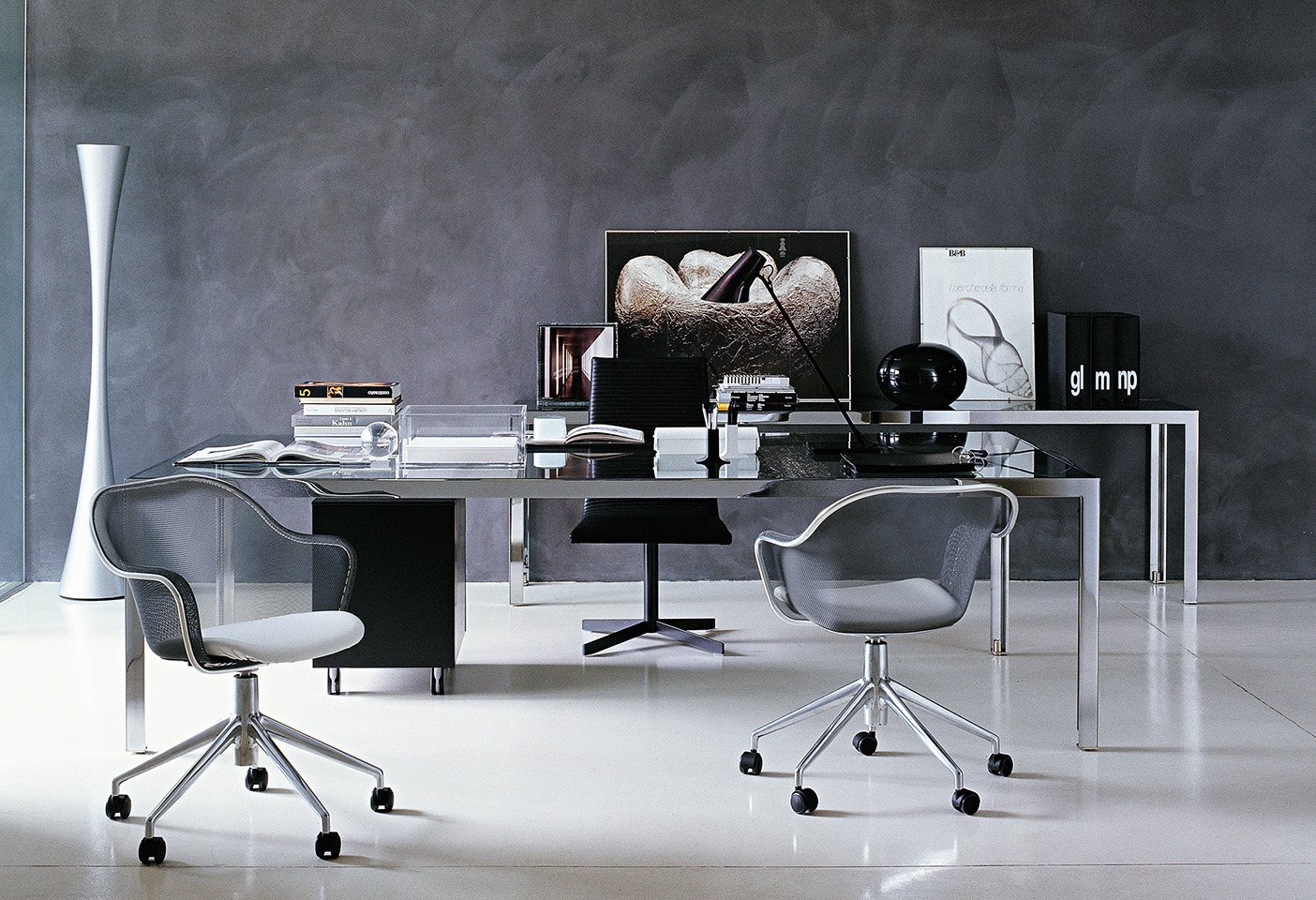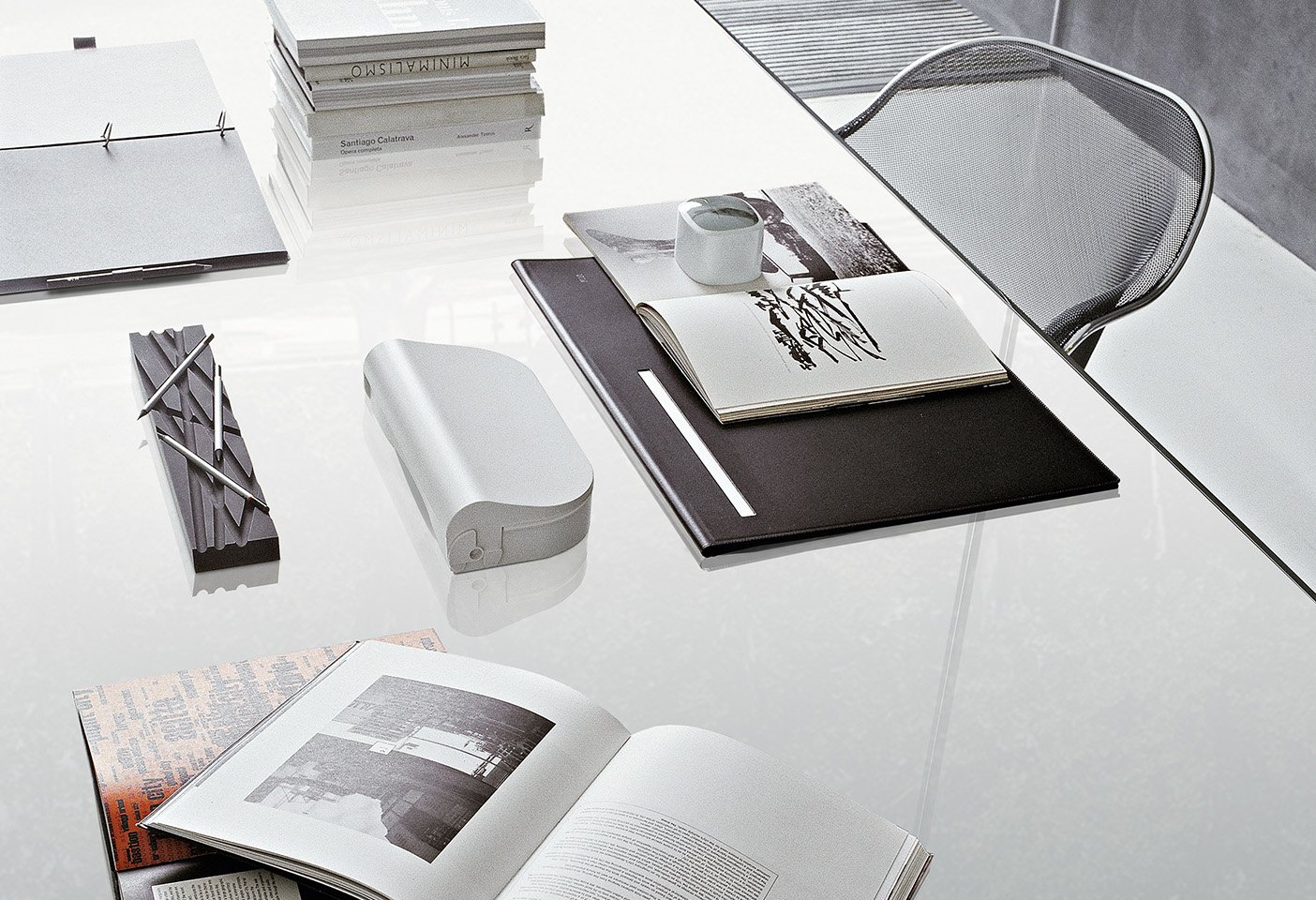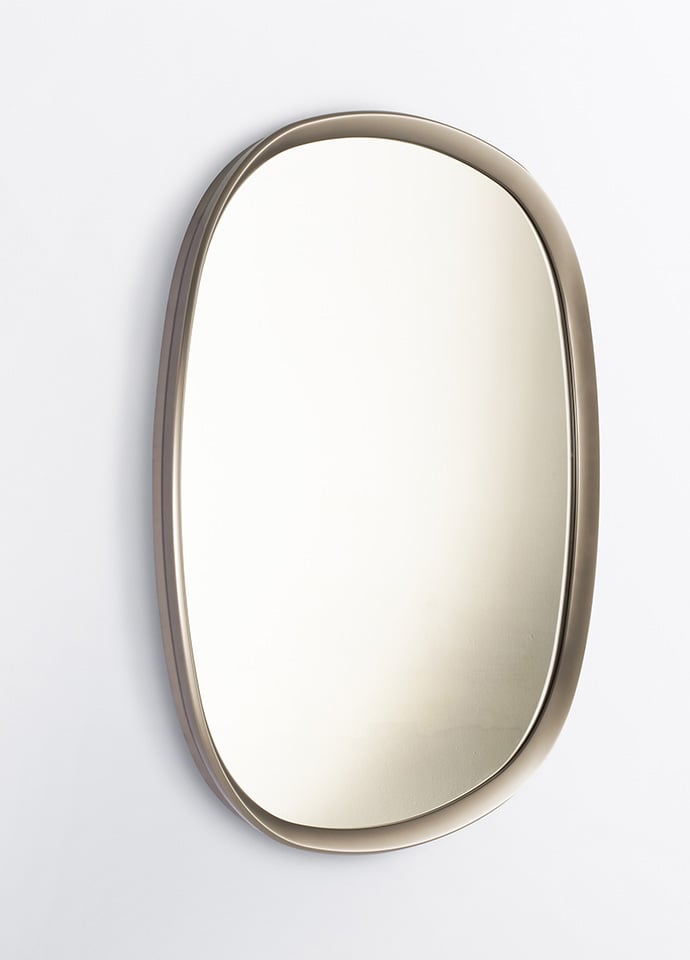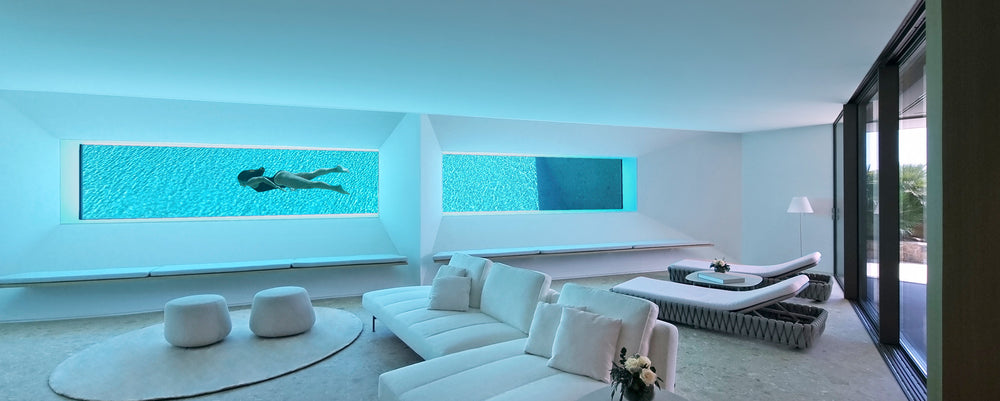
Based in Trento at the foot of the Dolomite Mountains, architect Monica Armani has created a house and studio that blends private and work spaces and is perfectly balanced between the two souls of the studio’s work, Monica and her partner Luca Dallabetta. Their design approach to products for brands including B&B Italia, and interiors, architecture and exhibitions from Spain to Poland, is embedded in every detail and immersed in the experience of nature described by Armani as ‘the engine of everything’ and the foundation for objects and spaces which ‘refresh the soul’.
Here, More Space catches up with Monica to discuss growing up in a house designed by her father, the modernist architect Marcello Armani, and its influence on her own house and studio; the importance of the Bauhaus school and how it shapes her projects; and the ongoing collaboration with B&B Italia, the magical period of the 1960s and love of the shapes of that era, that define the Jackie O’ inspired furniture collection, her latest designs for the Italian brand.
More Space: Hello Monica, thanks for joining us. Could you please describe your studio and take us through a typical day for you?
Monica Armani: I live in Trento, which is a city at the foot of the Alps, in particular the Dolomites, one of the most beautiful mountains in the world. Our house/studio is near a park in the hills, so I leave the house and can walk for hours in nature. When I can, I start the day with a walk or a mountain bike ride.
Our house and studio is a kind of engine for us, we built it in our own image about 10 years ago, all the elements of our approach to design and architecture are here. It is a space perfectly balanced between the two souls of our work, which are me and my husband Luca. We have defined multi-use spaces, as in my style, characterised by the search for unique spaces. Large windows overlooking the garden, few walls, spaces that invite you to live in a sunny way that we use all day long. We also wanted this space to immerse our collaborators in our world, so that they are directly in tune with us. This way our days proceed fluidly and dynamically. They are perfect both for brain-storming and for dinner with friends.
I think my job has given me a great privilege, being able to create objects and spaces that refresh the soul and being able to focus on that makes my life full and special, there is no boundary between work and private. This is not a burden for me because my creativity is nourished by everything around me, experiencing nature is the engine of everything.
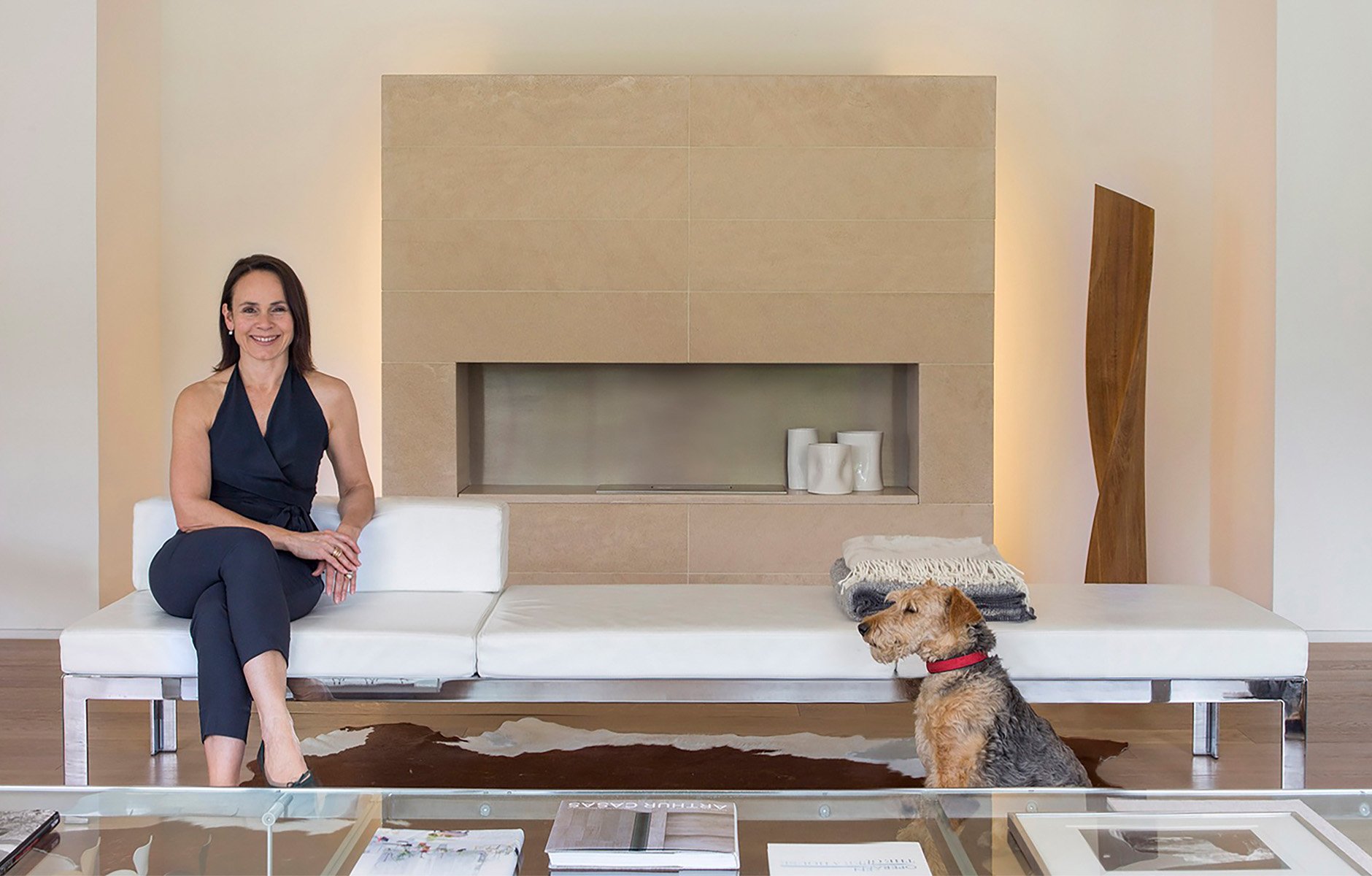
Monica Armani at her home/studio at the foothills of the Dolomite Mountains in Trento, Italy. Photo c/o Monica Armani Studio.
You have talked about your father, architect Marcello Armani, and the influence of his 'architectural aesthetic, commitment to detail and strong sense of place’ in your work. How would you describe your work to someone who didn’t know you?
I told you about one of the founding ideas of our home and studio project, that is to make it an immersive place for our collaborators, this idea comes from my experience. I lived in what I would describe as ‘bread and architecture’ when 50 years ago my parents built a house that was unique for its time. A sophisticated and ethereal volume in concrete with the two main fronts completely clad in glass and immersed in a park. A concentration of space and detail. Living in this place furnished with the pieces that have made the history of industrial design from Mies to Saarinen has given a decisive imprint to my life.
A few years ago I wrote our manifesto ‘Design in Molecules’ with Luca that describes my approach to design. We imagined the elements that we evaluate and study in our approach to each project, from functionality to cohesive detail, from innovation to environmentally positive. For every large and small project, these elements, just like the molecules, move frantically in our process but at the same time find a disciplined application that in our hands and our heart become an explosive combination.
You’ve described the principles of the Bauhaus school and its blending of craftsmanship and industrial manufacture as central to your own design approach. While Italian Rationalism is associated with the early roots of Italian design, how have both philosophies influenced your work?
In my opinion, the scope of thinking on which the Bauhaus was grounded, is the true common denominator for the authentically ‘timeless’ architecture and industrial design of the past 100 years. The movement, which began with the Bauhaus, is still extraordinarily topical. Today, as never before, the crossover between art and method, thanks to the development of technologies, appears as the engine for the sustainable development of our hemisphere.
Speaking about my work, I talk about the ‘equation of details’ that is the guide for the composition of my projects and thinking. I share one of the most famous mottos of Mies van der Rohe: ‘God is in the details’. When I say, ‘equation of details’, I mean the method by which I address every project, whether it's a building or a small object. A process which, by means of logical synthesis, balances signs, materials, and technologies, allowing me to achieve a convincing balance in every work I undertake. To arrive at the creation of ‘neutral’ spaces and objects, based on honesty of design and integrity of thought, is in my opinion still today the extraordinary guide to refer to in order to create ‘value’.
‘I think my job has given me a great privilege, being able to create objects and spaces that refresh the soul and being able to focus on that makes my life full and special…’
Monica Armani
Who are some of your design heroes/heroines, and how influential is their legacy on your work and on design per se?
I think this question to an Italian has a profound meaning, for someone who has the eyes to see everything we have at our fingertips, from our most famous cities to the smallest village talks about design.
I firmly believe that all this heritage is expressed in my every creative process. The strength of form and balance of a simple stone step or a church rose window, Palladian perspectives rather than the early 20th century works of Angiolo Mazzoni, have inspired and generated the values for authentic design for 800 years.
Could you please talk about the development of the Allure O’ and Flair O’ collections for B&B Italia…
Earlier I said that design is based on a centuries-old history, and at the same time I continue to be amazed at how this world allows new languages to be generated, which will in turn have the possibility of becoming centuries-old. In the case of the new Allure O' and Flair O' collections, it all started with the idea of designing a table and chairs that were also sculptures, a recognisable sign in the room, whose presence does not go unnoticed, capable of creating a place but at the same time objects that are usable and convivial. I thought it was the right time for this type of product, and in the same period B&B also made a similar reasoning, from this meeting these collections were born.
The table is one of the main elements of any interior space, and I think that this fundamental piece of furniture should play a leading role and invite conviviality. With Allure O', I designed an object with a gentle strength, where the contrast between the massive base and the delicate top creates a luxurious and timeless table that is at the same time suitable for any place, also thanks to the colour. For such an important table I created Flair O', a seat characterised by a monolithic base, precise volumes, swivel, for a renewed conviviality. Precise lines, like a 1960s dress. Flair O' dialogues delicately with the table. At the same time this object has a precise soul, capable of being the protagonist of any space.
I have mentioned the constantly evolving languages of design, which is the soul, or rather should be the soul, of all the objects that man produces with his hands and the machines he has invented. The 60s were a magical period for this principle and I really love some of the characteristic shapes of that era, which inspired me to design these two new collections. Hence the reference to one of the style flags of that era, Jacky O'.
Working with B&B is always a unique experience for a designer, they have one of the best research centres in the world. A place where so much is possible, where craftsmanship, history and research come together. I think the result of all this is obvious.
‘With Allure O' I designed an object with a gentle strength, where the contrast between the massive base and the delicate top creates a luxurious and timeless table that is at the same time suitable for any place, also thanks to the colour.’
Monica Armani
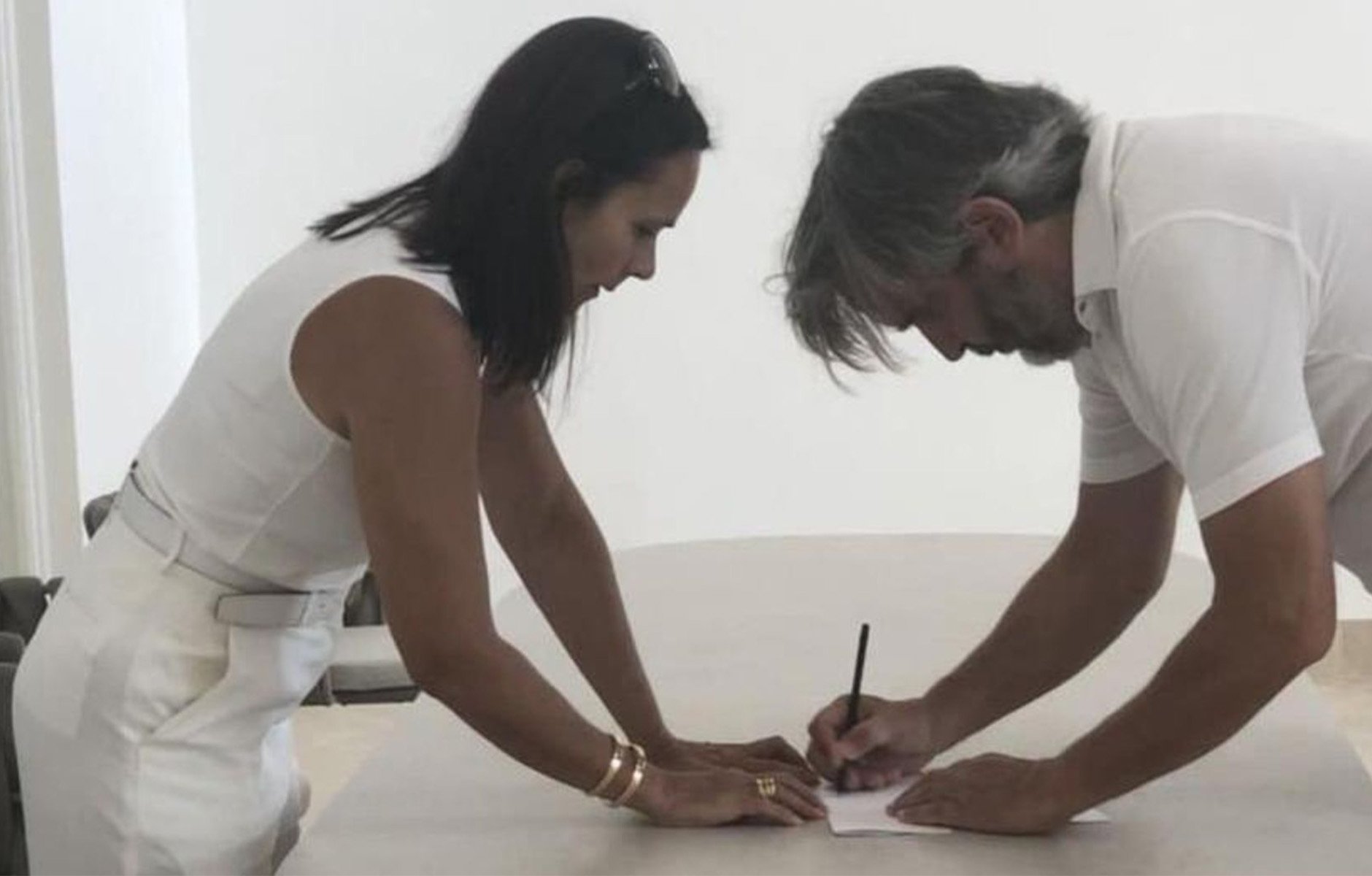
Monica Armani and Luca Dallabetta at work, their relationship like their designs shapes a soulful balance. Photo c/o Monica Armani Studio.
How did the collaboration with B&B Italia begin?
Our collaboration with B&B is very important to us. Our story is atypical and at the same time premonitory. Our self-edited table system, Progetto 1, which we designed, industrialised, produced and successfully distributed for some years was picked up about 15 years ago by B&B Italia. Luca and I then worked for a year with them, and their fantastic research centre, where we learned a lot and started our new professional era that led us to work as designers with many top international design brands. More recently we have started working with B&B Italia again, first with the Madison mirror and now with these two important collections and it has been a great comeback.
You work on projects across the scales, from furniture to large hotel resorts. I have read that Japanese writer Haruki Murakami likes to write short stories in between his novels to keep up momentum. What do you enjoy about the variation in projects, and does the scale shift help your design process?
One of my references is Ernesto Nathan Rogers' motto 'from the spoon to the city': the small acts on the large, the small scale influences the large scale. I find myself in this process. Size becomes a variable in the same process. For me it is really just a question of scale. The end result must be the same, the balance of all the elements that make up the project.
Much has been written about the lasting impact the pandemic has had on how we work, live and interact socially, and the importance of sustainability across everything we do. What changes are unfolding in the briefs you are receiving, and how are you responding with design?
I think that this extraordinary event that the world has experienced will have one thing going for it: it has been a great accelerator of a series of processes that are already underway. Our lifestyles have new perspectives of incredible power. Being able to work wherever we want for so many of us, the dynamics of production processes increasingly managed by flexible machines connected to man, represent a new renaissance for mankind that could generate a new era for design and architecture.
In an unthinkable interplay, such as only history can provide, as well as the experience of the pandemic, there is an ongoing review, which I truly hope for, of energy issues, which I believe to be the true focus of sustainability. We need to be more consistent and realistic on energy production issues. Certainly, a key theme in this regard is that of producing less with greater intrinsic quality, thus safeguarding economic volumes but producing less waste, and design is the fundamental driver for this process. I am approaching all my current projects with this in mind.
What do you do for relaxation and what books are you currently reading?
The outdoors is a fundamental part of my life with my husband. We have two great passions that accompany us all year round, skiing and cycling. We enjoy practising these sports, but we also like to organise small trips of a few days that become big thanks to the scale on which we ski or cycle. This summer we are organising a long bike trip, we will ride the Atlantic coast from Bordeaux to Portugal. For my reading at this stage of my life I really like reading about history and understanding the connections with our time, it's amazing how the dynamics repeat themselves.
What projects are you currently working on?
At the moment, our studio is actually working according to the principle I described earlier 'from the spoon to the city'. We are working on many design projects for our established clients and we are starting new collaborations especially in the US. On the larger scale we are focusing on hospitality architecture, from holiday villas to hotels. We recently delivered the Morning Breeze villa, for a Spanish developer, which is the synthesis of our work: stunning spaces, integrated into the site, with sophisticated details and furnished with our design pieces. We are also launching a joint venture with engineers Bergmeister to form a new arm to our studio, Monica Armani Design & Development, which will offer our clients an integrated approach to projects. As part of this venture we are working on the relaunch of a tourist resort in the Dolomites.
With Milan Design Week coming up in June, can you share any details of what you are showing this year?
We will be launching new collections for all our major customers in Milan and we will also present a very interesting project on wooden surfaces in the Agape 12 space. We’ll also present the first pieces for Turri, one of the Italian names in classic furniture. We are working with our stylistic code to interpret their great manufacturing capacity to create a new direction for their proposal, creating objects for a new luxury.
Thank you Monica, great to speak with you and have a great time at the Milan Furniture Fair.
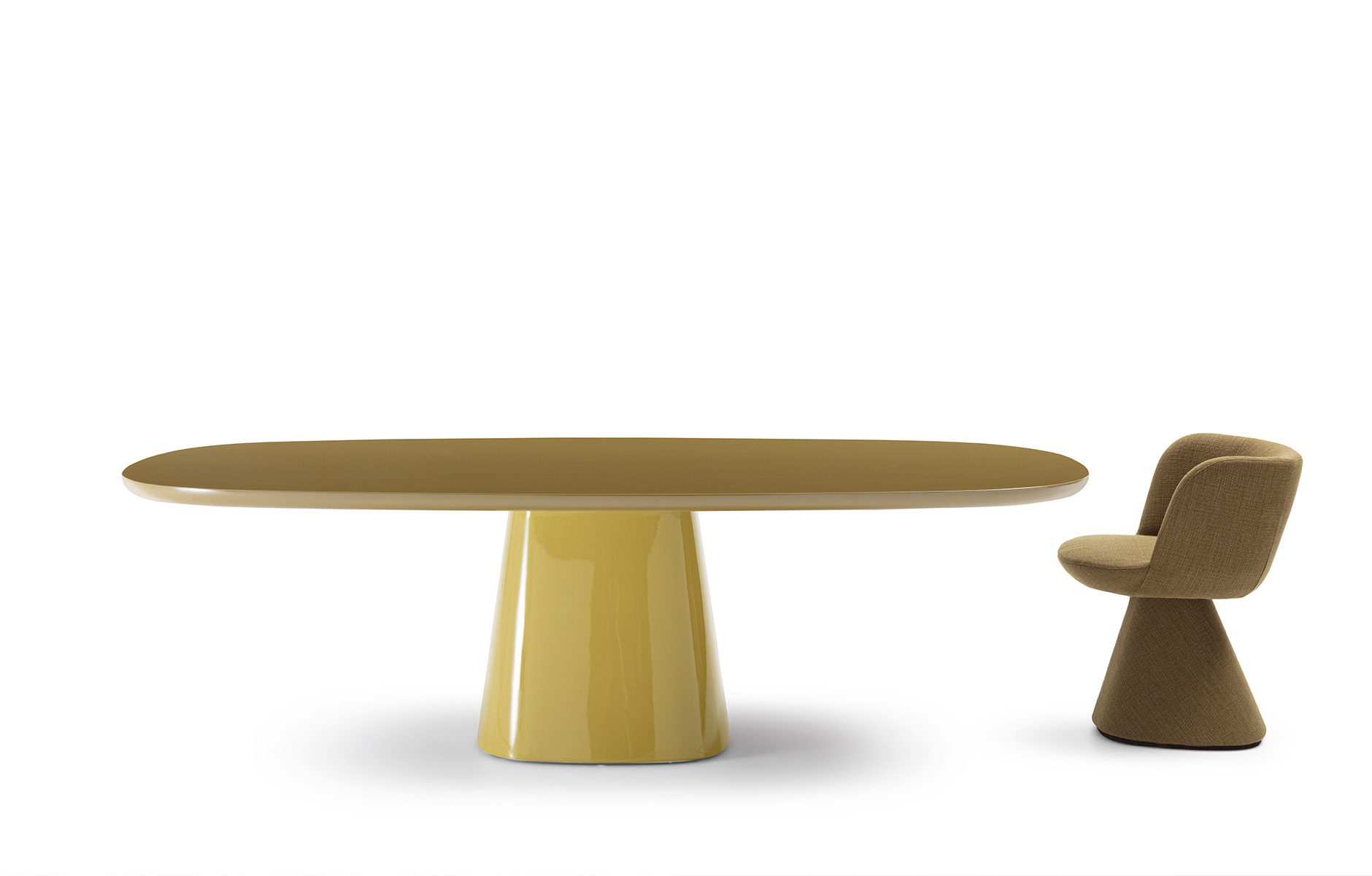
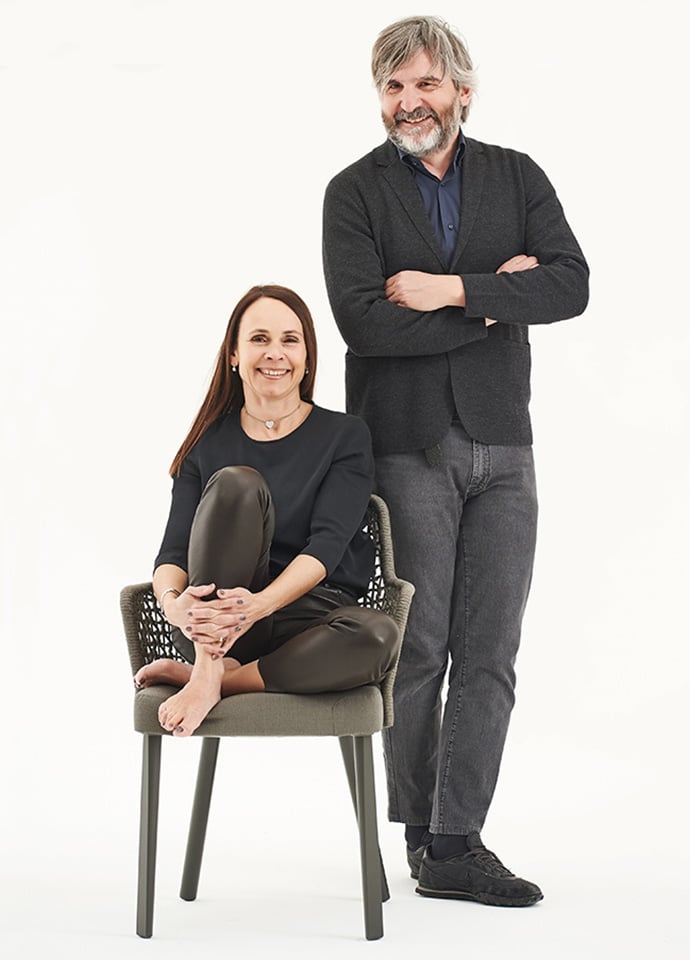
-2-v1652855657803.jpg?1880x1200)
